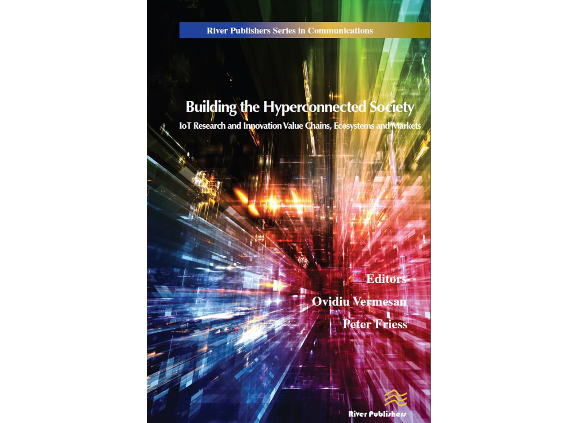Martin Serrano, John Soldatos, Philippe Cousin, Pedro Malo, Internet of Things Experimentation: Linked-Data, Sensing-as-a-Service, Ecosystems and IoT Data Stores, Chapter in IERSC Book 2015, Building the Hyperconnected Society- Internet of Things Research and Innovation Value Chains, Ecosystems and Markets, River Publishers, June 2015
The European Research Cluster on the Internet of Things1 (IERC) has created a number of activity chains to initiate close cooperation between the projects addressing the IoT related topics and to form an arena for exchanging ideas, to have an open dialog on important research challenges and to disseminate the ideas and best practices in the areas around the IoT to other communities. The activity chains are defined as work streams that group together partners or specific participants from partners around well-defined technical activities that work on addressing the IERC objectives.
As result of the organization of activity chains within the IERC and the continued collaboration and active participation between all the projects participation the ProbeIT, OpenIoT, IoT.est and GAMBAS projects, the managers of those projects, were nominated as coordinators of the IERC Activity Chain 4 (AC4) on Service Openness and Interoperability.
The design of the Internet and The Information and Communication Technology development relies on the convergence of Software Engineering and Technology (infrastructure). A common practice is required to think/design cross solutions between software and infrastructure in order to provide integrated solutions for some of the complex problems in the current and future Internet systems. In Information Technology and Communication (ITC) systems this convergence is evident, and the continuous evolution generates more and more smart devices (Internet connected objects – ICOs) that are embedded with sensors and their respective associated services.
“Internet of Things” (IoT) is the network or associations between those Internet connected objects (smart Devices) that are able to exchange information by using an agreed method and data schema. The recent progress on Internet of Things deployments have give a strong push to the IoT to be today’s considered as one of the most promising emerging technologies. However the conceptual realization of Internet of Things is far from achieving a full deployment of converged IoT services and technology. Current ITC research is focused on providing integrated solutions and primarily on the feature that enable convergence or what is called as “Interoperability”. Interoperability can be generalized as the feature for providing seamless exchange of information to, for example, personalize services automatically or simply exchanging information in a way that other systems can use it for improving performance, enable and create services, control operations and information processing. This type of scenarios requires increased interoperability in service management operations.
This document is an outcome of the activity Chan 04 in the Internet of Things Cluster. In this document we review the recent trends and challenges on interoperability in IoT domain, discuss physical versus virtual sensors and while addressing technology interoperability challenges in parallel, discuss how, with the growing importance of data understanding and processing, semantic web technologies, frameworks and information models can support interoperability in the design of services in the Future Internet. The objective of this position paper is to identify relevant issues and challenges that need to be taken into account in the coming and future projects and H2020 and to identify synergies across the participating FP7 projects. This can be used to define an overall framework to address the interoperability challenges.

